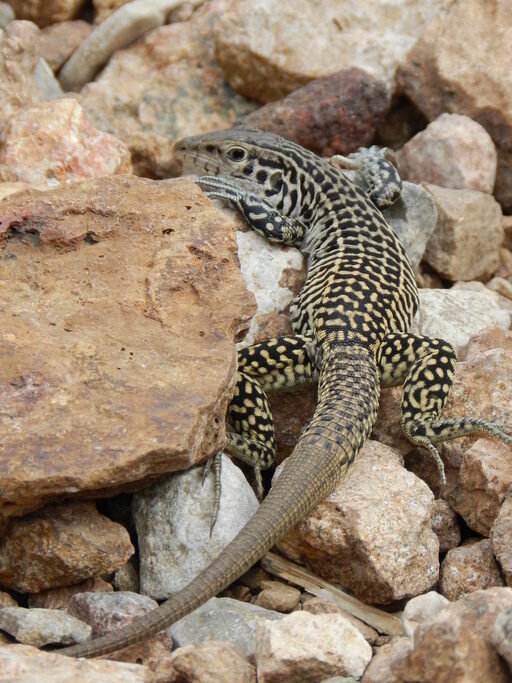Species: Thamnophis sirtalis parietalis
All male garter snakes wear female perfume and participate in same-sex copulation every year.
In 1985 some male garter snakes were found with female perfumes in their skin. Of two hundred mating balls, about 15 percent consisted of a male, presumably with female perfumes in his skin, surrounded by courting males...In choice experiments [tests where they were given a choice between female and feminine male], the males preferred a female to a feminine male, showing that males could tell the difference—they were not deceived.
In 2000 it was found that all male garter snakes have female perfumes when they emerge from the den in the spring and that all males court these perfumed males in addition to females.
Four Flawed Deceit-Based Hypotheses:
Investigators floated four deceit-based theories to explain why all males have female perfumes on emergence: (1) a perfumed male may confuse the other males while carrying out its own mating; (2) the perfumed male may avoid wasting energy in courting before he has fully awakened from hibernation; (3) a perfumed male may induce the other males to waste time and energy courting him while he gets ready to start his own courting; and (4) a perfumed male may distract other males from females so he has more to himself when he does get going.
The simplest Occam’s Razor hypothesis:
The female perfumes might protect from attack or mounting when he is emerging, to lessen hostility and improve cooperation.
Photo credit: Flickr user @vabbley
Originally, scientists dismissed this explanation without even considering it, because they thought the theory required that organisms could only be habitually aggressive and antagonistic. Garter snakes tend to be friendly, especially with 20,000 in one giant group sex mating ball!
Citations
R. Mason and D. Crews, 1985, Female mimicry in garter snakes, Nature 316:59-60
R. Shine, D. O’Connor, and R. Mason, 2000, Female mimicry in garter snakes: Behavioural tactics of “she-males” and the males that court them, Can. J. Zool. 78-391-96. [Ed. note: Do not use “she-male” to describe transgender people. This is historically used as a harmful pejorative word to demean and exclude.]
R. Shine, P. Harlow, M. Lemaster, I. Moore, and R. Mason, 2000, The transvestite serpent: Why do garter snakes court (some) other males? Anim. Behav. 59:349-59. [Ed. note: This sensationalist title should not detract from the data recorded or this paper’s role documenting now-revised theories.]See also http://www.naturenorth.com/spring/creatre/garter/Fgarter.html
Roughgarden, J. (2013) Evolution’s Rainbow: Diversity, Gender, and Sexuality in Nature and People. University of California Press, Berkeley. p. 97-8.

















